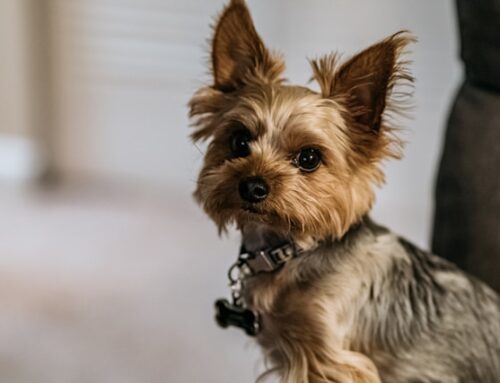Introduction: How To Care For A Pug
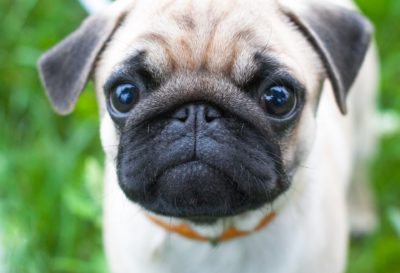
Welcome to our comprehensive guide on how to care for a pug, one of the most charming and lovable dog breeds around! Pugs are known for their affectionate nature, distinctive appearance, and playful personalities, making them cherished companions in countless households.
In this article, we’ll cover all aspects of pug care, from their unique dietary needs and grooming requirements to exercise routines and health considerations.
Whether you’re a proud pug parent or considering bringing one of these delightful dogs into your life, this guide will provide you with the knowledge and tips you need to ensure your pug lives a healthy, happy, and fulfilling life.
Brief Overview of Pugs as a Breed
Pugs are a small, sturdy breed known for their charming personalities and distinctive appearance. They have a compact body, wrinkled face, and curly tail, which are all characteristic features of the breed.
Pugs are affectionate, playful, and friendly dogs that enjoy being around people and are known for their entertaining antics. They are adaptable to various living situations and make excellent companions for families, singles, and seniors alike.
Importance of Proper Care and Attention
Proper care and attention are essential for the health and well-being of your pug. Due to their unique physical features, such as their short snouts, pugs can be prone to certain health issues, including obesity and respiratory problems.
Regular exercise, a balanced diet, and routine veterinary check-ups are crucial for maintaining your pug’s overall health. Additionally, providing your pug with love, attention, and mental stimulation is essential for their happiness and well-being.
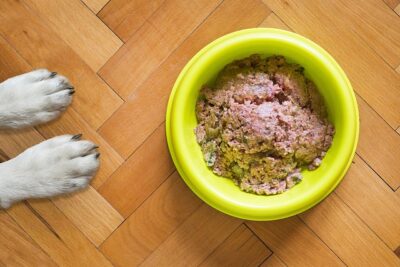
Diet and Nutrition For Your Pug
Recommended diet for Pugs
A well-balanced diet is crucial for the health of your pug. They require a high-quality diet that is appropriate for their age, size, and activity level. Pugs can be prone to obesity, so it’s important to monitor their food intake and avoid overfeeding.
A diet rich in lean protein, healthy fats, and complex carbohydrates, supplemented with vitamins and minerals, can help keep your pug healthy and happy.
Feeding schedule and portion control
Establishing a feeding schedule and practicing portion control are key components of caring for your pug’s diet. Pugs should typically be fed two to three small meals a day to prevent obesity and aid digestion.
It’s important to measure their food portions carefully, as pugs are prone to overeating. Consulting with your veterinarian can help you determine the right feeding schedule and portion sizes for your pug’s specific needs.
Avoiding foods that are harmful to Pugs
Pugs are sensitive to certain foods that can be harmful to their health. It’s important to avoid feeding your pug foods like chocolate, caffeine, grapes, and onions, as they can be toxic to them.
Additionally, pugs are prone to obesity, so it’s best to limit their intake of fatty and high-calorie foods. Providing a balanced diet of high-quality dog food and avoiding harmful foods can help ensure your pug’s health and well-being.
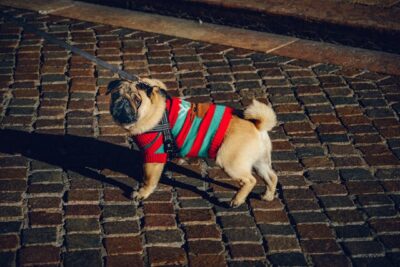
Exercise Needs For Your Pug
Importance of regular exercise for Pugs
Regular exercise is essential for maintaining your pug’s overall health and well-being. Pugs are prone to obesity, so it’s important to provide them with daily exercise to help them stay fit and healthy.
Activities like short walks, playtime in a fenced yard, or indoor games can help keep your pug physically and mentally stimulated. However, it’s important not to over-exercise your pug, as they are prone to respiratory issues due to their flat faces.
Suitable exercise activities for Pugs
Pugs benefit from a mix of activities that cater to their specific needs. Short walks, around 15-20 minutes a few times a day, are ideal for maintaining their weight and keeping them mentally stimulated.
Indoor games like fetch or interactive toys can provide physical activity while also engaging their playful nature. Swimming is another excellent low-impact exercise that many Pugs enjoy, especially in hot weather, as it helps them stay cool while exercising.
Avoiding overexertion and heat sensitivity
Pugs are prone to overheating due to their short noses and compact build, so it’s important to avoid overexerting them, especially in hot weather. Be mindful of signs of heat exhaustion, such as excessive panting, drooling, or lethargy, and provide plenty of water and shade during outdoor activities. Limit exercise during the hottest parts of the day and opt for cooler mornings or evenings instead.
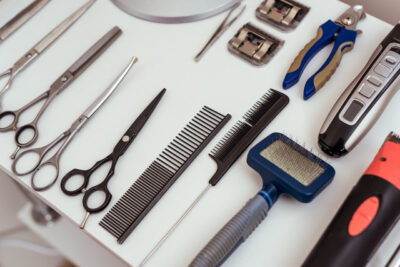
Grooming Requirements
Regular grooming routine for Pugs
Pugs have a short, smooth coat that is relatively easy to maintain. Regular grooming is important to keep their coat healthy and reduce shedding. Brushing your Pug once or twice a week with a soft bristle brush will help remove loose hair and prevent matting.
Additionally, regular baths with a mild dog shampoo can help keep their skin clean and free of irritants. Don’t forget to clean their facial wrinkles regularly to prevent infections. Lastly, trim their nails every few weeks and check their ears for signs of infection.
Bathing frequency and grooming tools
Pugs should be bathed every 3-4 weeks, or as needed if they get particularly dirty or smelly. Use a mild dog shampoo to avoid drying out their skin. When grooming your Pug, a rubber grooming mitt or a soft bristle brush can help remove loose hair and keep their coat shiny.
Additionally, a small grooming tool or cloth can be used to clean their facial wrinkles and prevent skin infections. Regular nail trimming and ear cleaning should also be part of their grooming routine.
Care for wrinkles, ears, and nails
Pugs have adorable facial wrinkles that require regular cleaning to prevent infections. Use a damp cloth to gently wipe between the folds, ensuring they are dry afterward. Their ears should be checked weekly for signs of redness, odor, or discharge, which could indicate an infection.
Clean their ears with a veterinarian-recommended solution and cotton balls, being careful not to insert anything into the ear canal. Lastly, trim your Pug’s nails every 2-3 weeks to prevent overgrowth and discomfort, using a pet nail trimmer and avoiding the quick.
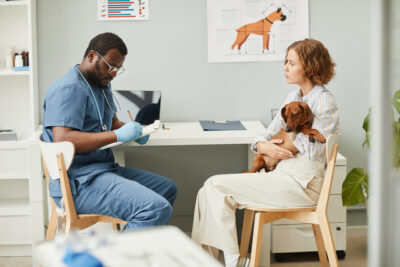
Health and Wellness
Common health issues in Pugs
Pugs are generally healthy dogs, but they are prone to certain health issues. One common issue is brachycephalic syndrome, which can cause breathing difficulties due to their flat faces. Pugs are also susceptible to obesity, so it’s important to monitor their diet and exercise levels.
Another common health concern is skin fold dermatitis, which can occur in the folds of their skin. Regular vet check-ups and a healthy lifestyle can help prevent and manage these health issues in Pugs.
Regular veterinary check-ups and vaccinations
Regular veterinary check-ups are crucial for maintaining your Pug’s health and wellness. During these visits, your vet can assess your Pug’s overall health, provide necessary vaccinations, and discuss any concerns you may have.
Vaccinations are important for preventing common diseases and should be administered according to your vet’s recommendations. These check-ups and vaccinations can help ensure a long, happy, and healthy life for your Pug.
Signs of a healthy Pug and when to seek medical attention
A healthy Pug should have a good appetite, be active and playful, and have a shiny coat. They should also have clear eyes and nose, and normal breathing. However, if you notice any changes in your Pug’s behavior, appetite, or physical appearance, it’s important to seek medical attention promptly.
Signs such as lethargy, coughing, difficulty breathing, vomiting, diarrhea, or any other unusual symptoms may indicate an underlying health issue that requires veterinary care.
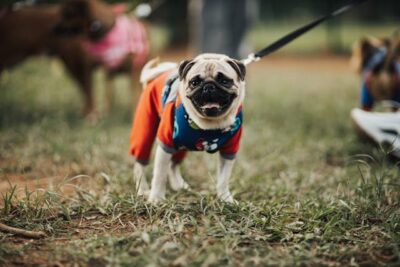
Training and Socialization
Importance of early training and socialization
Early training and socialization are crucial for Pugs to become well-behaved and well-adjusted dogs. Training should start as soon as you bring your Pug home, focusing on basic commands such as sit, stay, and come.
Socialization should also begin early to expose your Pug to different people, animals, and environments. This helps prevent behavior problems such as aggression and fearfulness, and ensures your Pug grows up to be a friendly and confident companion.
Basic obedience training for Pugs
Basic obedience training is important for Pugs to learn good manners and respond to commands. Start with simple commands like sit, stay, and come, using positive reinforcement techniques such as treats and praise.
Pugs can be a bit stubborn, so patience and consistency are key. Keep training sessions short and fun to maintain their interest and progress.
Tips for dealing with common behavioral issues
Pugs, like all dogs, can exhibit certain behavioral issues that may require attention. For example, they may be prone to separation anxiety, so it’s important to gradually accustom them to being alone and provide them with plenty of mental and physical stimulation.
Additionally, Pugs can be stubborn, so consistency and positive reinforcement are key when training them. Finally, Pugs are known for their love of food, so using treats as a reward can be particularly effective in training and managing their behavior.
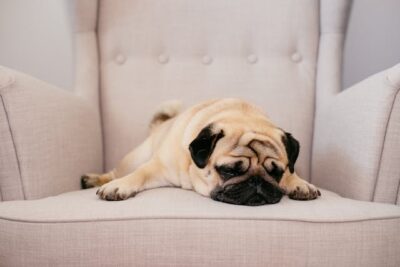
Providing a Safe and Comfortable Environment
Creating a suitable living space for Pugs
Creating a safe and comfortable environment for your Pug is essential for their well-being. Ensure they have a cozy bed or crate where they can rest undisturbed. Pugs are sensitive to extreme temperatures, so maintain a comfortable room temperature and provide access to shade in hot weather.
Keep hazardous items out of reach, secure any potentially harmful areas, and provide plenty of toys and enrichment activities to keep them mentally stimulated.
Safety measures for Pugs, including temperature control and hazard prevention
Pugs are sensitive to temperature extremes, so it’s important to keep their living space comfortable and well-regulated. Avoid exposing them to very hot or cold environments for extended periods.
Additionally, Pugs are curious dogs, so make sure to puppy-proof your home by removing small objects they could swallow and securing any hazardous areas. Providing a safe environment will help keep your Pug healthy and happy.
Conclusion: How To Care For A Pug
Summary of key points
- Pugs are charming and lovable dogs known for their affectionate nature and playful personalities.
- Proper care and attention are essential due to their unique physical features and susceptibility to certain health issues.
- A well-balanced diet, regular exercise, grooming, and veterinary check-ups are crucial for their health and well-being.
- Early training and socialization are important for their behavior and overall happiness.
- Providing a safe and comfortable environment is essential, including temperature control and hazard prevention.
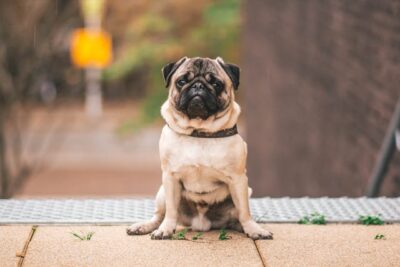
Overall outlook on caring for a Pug
Caring for a Pug can be a rewarding experience with the right knowledge and approach. Their affectionate nature and playful personalities make them wonderful companions for individuals and families alike.
However, their unique physical characteristics and susceptibility to health issues require careful attention to diet, exercise, grooming, and veterinary care. With proper care and a loving environment, a Pug can live a healthy, happy, and fulfilling life as a cherished member of your family.
If you’re interested in adding a Pug to your family, consider adopting one of our thoughtfully bred and raised Pug puppies available in Georgia and surrounding areas.
Frequently Asked Questions (FAQs): How To Care For A Pug
- What should I feed my Pug?
- Pugs should be fed a high-quality, balanced diet suitable for their age, size, and activity level. Avoid overfeeding to prevent obesity, which is common in Pugs.
- How much exercise does a Pug need?
- Pugs need regular exercise to stay healthy, but their exercise should be moderate due to their brachycephalic (short-nosed) nature. Short walks and playtime in a fenced yard are ideal.
- How often should I groom my Pug?
- Pugs have a short, smooth coat that requires regular brushing to reduce shedding. They should be bathed every 3-4 weeks and their facial wrinkles cleaned daily to prevent infections.
- Are Pugs prone to health problems?
- Yes, Pugs are prone to certain health issues such as obesity, respiratory problems, and skin fold dermatitis. Regular veterinary check-ups are important to monitor their health.
- How do I train my Pug?
- Pugs respond well to positive reinforcement training methods. Start training early, be consistent, and keep training sessions short and engaging.
- How can I keep my Pug safe and comfortable?
- Ensure your Pug has a safe living environment, free from hazards. Provide a comfortable bed, access to shade in hot weather, and plenty of toys for mental stimulation.
- What should I do if my Pug shows signs of illness?
- If your Pug shows signs of illness such as lethargy, vomiting, or difficulty breathing, seek veterinary attention immediately.
- How can I prevent obesity in my Pug?
- Prevent obesity in your Pug by feeding them a balanced diet, avoiding overfeeding, and providing regular exercise.
- Are Pugs good with children and other pets?
- Pugs are generally good with children and other pets when properly socialized from a young age. Supervise interactions to ensure everyone gets along safely.
- How long do Pugs live?
- Pugs typically live between 12 to 15 years, but with proper care, some Pugs can live even longer.



